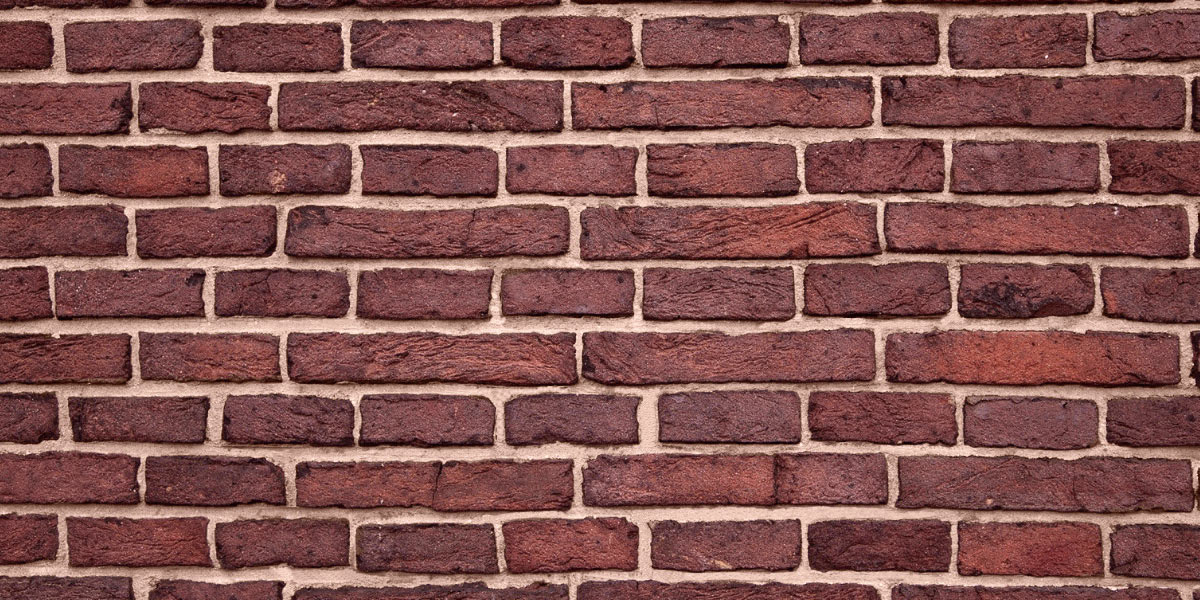
For millennia, lime has been utilized as a binder in historic mortars and plasters, owing to its primary component, calcium carbonate (limestone). Lime’s exceptional properties, such as high vapor permeability, make it a preferred material for repairing traditional vintage structures and constructing new sustainable buildings. Its capacity to allow masonry systems to breathe by channeling moisture back to the atmosphere instead of trapping it within the core of walling prevents mold, rot, and poor indoor air quality.
Lime’s high modulus of elasticity helps structures withstand slight movements without stressing or cracking a whole wall system or individual masonry units. Additionally, lime is resistant to sulfate attack, making it a superior building material when paired with the right application. Incorporating the proper lime into a building campaign has a minimal cost impact, providing long service life and a positive environmental impact. Lime is also considered to be nearly carbon-neutral, requiring low embodied energy to produce, and absorbing CO2 from the air as it cures.
To create an external shelter for a sustainable building or as a crucial component of a building’s internal plaster and paint, consider lime as the ideal material.













